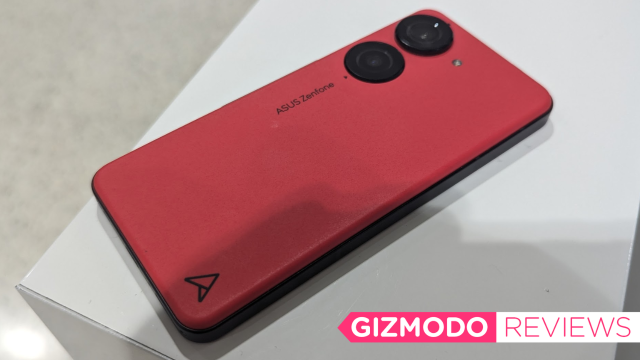The Zenfone 10 is ASUS’ latest attempt at creating a premium-level Android smartphone, to compete with the likes of the Pixel 7 and the Samsung Galaxy S23, specifically focusing on being smaller than its competitors without a performance tradeoff. Once again, ASUS has knocked this goal out of the park, with the Zenfone 10 performing exceptionally well as a gaming and everyday device, however, for most people, it’s worth questioning just how much the Zenfone’s performance edge is worth, especially when ASUS’ cameras are still very much lacking, and with a price increase over last year’s Zenfone 9.
I’ve been a fan of ASUS’ Zenfone range ever since 2021 for a very simple reason: I love small phones, and I feel confident saying that ASUS’ Zenfone 10 is the most powerful small phone you can currently buy. However, although performance is exceptional, there’s more to a phone than specs.
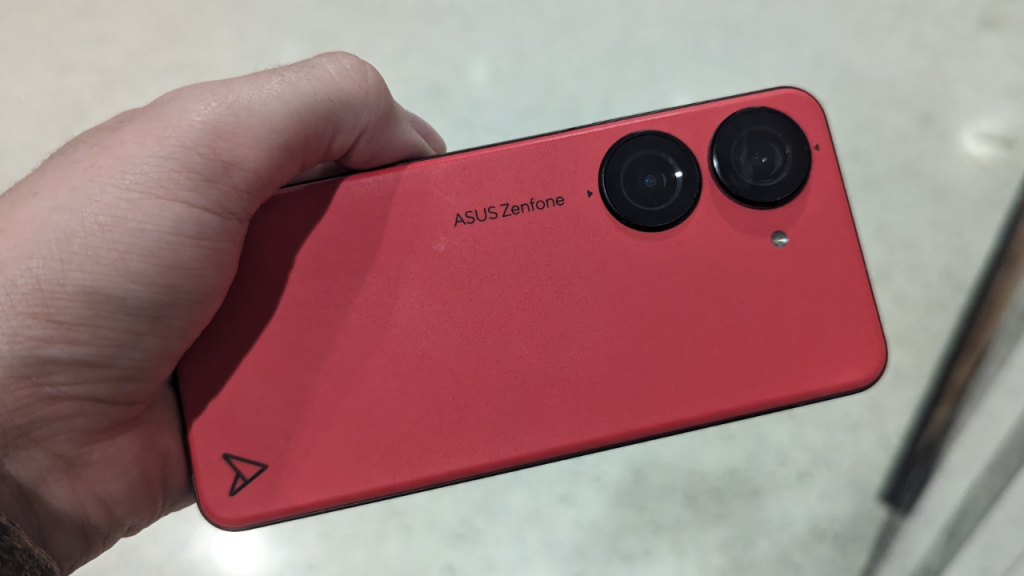
I’m in my zone
Before this time last year, I was a small phone diehard. I called the Zenfone 8 one of my favourite tech gadgets of 2021, and through 2022, I was using the iPhone 13 Mini (gone but not forgotten). The reason for this was that I hated big phones; I disliked not being able to do everything one-handed, and I disliked the feeling of large phones in my pockets, along with just big screens in general. Now, as music to my editor’s ears (a proud iPhone 15 Pro Max user), I have moved to the large Pixel 7 Pro, which I have gotten used to.
But with the Zenfone 10, I’ve felt the return of what I most loved about small phones, particularly ones developed by ASUS. Capable, powerful handsets that can go all day, with the ability to run games at their highest possible settings (which I did with both COD Mobile and League of Legends: Wild Rift on 120hz and 60hz respectively), that can fit almost anywhere without any issues. It feels good to be back.
The ASUS Zenfone 10 pulls its incredible performance off with some of the best hardware you can put inside a mobile device: A Snapdragon 8 Gen 2 processor, an Adreno 740 GPU, a 144hz AMOLED display, and the user’s choice between 8GB RAM + 256GB storage or 16GB RAM / 512GB storage (these are the only options in the Australian market).
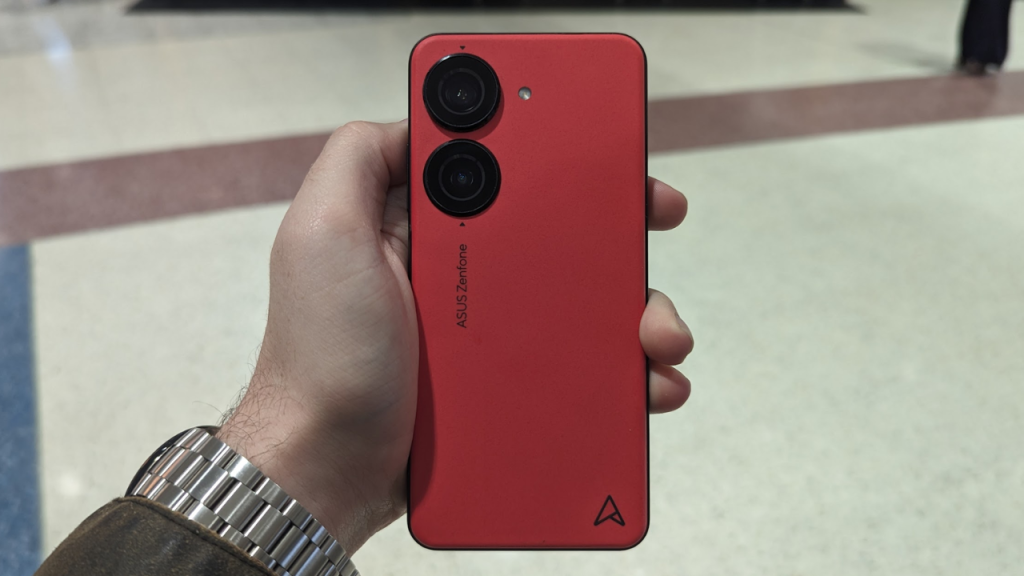
The Zenfone 10 uses the exact same chassis as last year’s model; a coarse but no uncomfortable plastic back, squared at the edges like an iPhone 15, with an array of colours to pick from, like green, black, red, blue, and white (the 16GB RAM model, however, is only available in black).
There’s also a headphone jack located on the top of the device (as usual with the Zenfone), along with a side-mounted fingerprint reader, doubling as the standby button.
For the first time too, ASUS has brought wireless charging to the Zenfone – a feature that was notably absent from previous models, but not a catastrophic feature to omit. With a 4,300mAh battery inside, the ASUS Zenfone 10 charges at 30W wired and 15W wireless, and when connected to a fast charger, it can top up to 50 per cent charge in just 30 minutes.
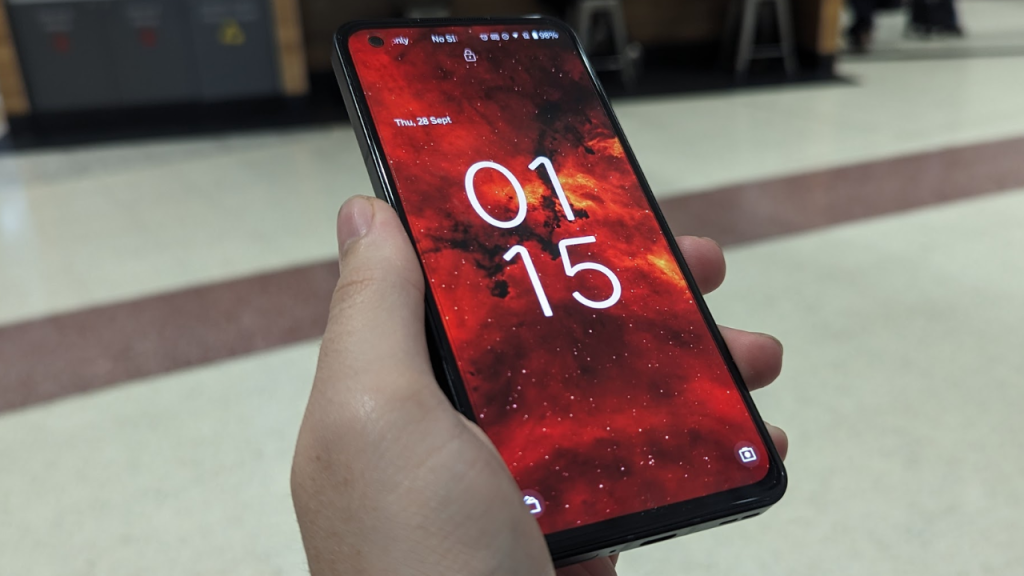
Battery performance in our test was brilliant. Playing Avengers: Endgame on battery power, the phone dropped to 96 per cent in the first hour, 91 per cent in the second, and 86 per cent in the third (for comparison, the Pixel 7 finished with 79 per cent).
During daily use, I don’t think I noticed any stuttering or lag once. Sound was vibrant, colours were brilliant, scrolling through social media was seamless, and editing on demanding apps like CapCut and TikTok was responsive without issue.
So when it comes to performance, the Zenfone 10 has it, there’s no denying it – but there are some things that you should be across before buying this device.
Broken focus
Unfortunately, although the front cameras have been improved over last year’s model, photos are still a weakness for ASUS’ premium phone. As you’ll see in the photos below, camera quality is definitely passable across wide, ultrawide, and macro shots (there are definitely colour-balancing issues still present that I know I can overcome with the Pixel 7a), however, selfie photos don’t fare as well.
Here’s a wide shot.

Now a wide shot with a colourful middle.

Now an ultrawide shot.
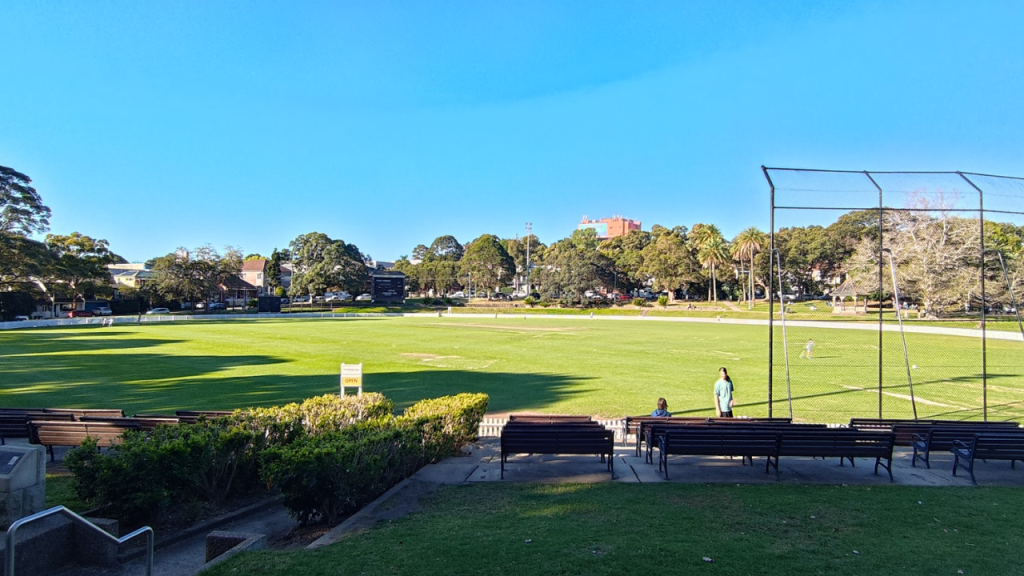
Now macro.

And now two selfies (light doesn’t seem to get along with the ASUS Zenfone 10, as the selfie against the bricks, while more lifeless than selfies I can take with phones from Google or Samsung, doesn’t have the same issues).

Funnily enough, the camera’s biggest weak point is represented in a video I did at Apple’s George Street store, when the iPhone 15 went on sale. The light balancing of the selfie camera sucks and is nowhere near as good as what you’d get from a Google Pixel or Samsung Galaxy device of a similar (or lower) price.
And just to add another potential issue to the list; I think ASUS’ operating system is a bit flat. Fonts, alarms, ringtones, message tones, and backgrounds are all quite boring when compared to other devices, and although I like the freedom that comes with Android and the ability to change all of these things, most casual users are probably going to gravitate to what they’re given from day one.

The ASUS Zenfone 10: Peace and tranquillity
I’m glad that the ASUS Zenfone 10 exists. While most phone makers tend to avoid the premium category so that they don’t cut Samsung and Google’s grass, instead offering models below the $1,000 price point, ASUS has been on the heels of these major phone makers.
This year, though, I feel a little bit underwhelmed. The Zenfone 10 is a good phone, no doubt, but I’m unsure that users will appreciate what it’s good at while its cameras still can’t keep up.
Perhaps this would be different if ASUS stuck to the Zenfone 9’s $1,200 price point, but unfortunately, the price has been bumped up to $1,300 – $300 above last year’s Pixel 7, and $650 above the Pixel 7a, a phone that I consider the best Android all-rounder at the moment.
You do, however, get a case and a fast charger in the box (wall socket as well!), so at least there’s that.
I was about to write that ASUS has lost its edge, but it’s still there; it’s just not that important to me anymore. I’m not gaming on my phone as much as I used to, and I’m not married to small phones as much, but these are the selling points of the Zenfone 10 – killer performance and a smaller frame for a premium phone.
I love the ASUS Zenfone 10, but I think ASUS needs to figure out another way to appeal to Android fans that isn’t tied to size.
Where to buy the ASUS Zenfone 10?
The ASUS Zenfone 10 is available now in Australia: $1,300 for the 8GB RAM/256GB storage model and $1,5,00 for the 16GB RAM/512GB storage model.
Image: Zachariah Kelly/Gizmodo Australia
While you’re here, why not check out our daily tech deals, our guide to the best value for money NBN plans, and info on the latest phones from Apple, Google, and Samsung. Head to our dedicated Mobile tab for more.
